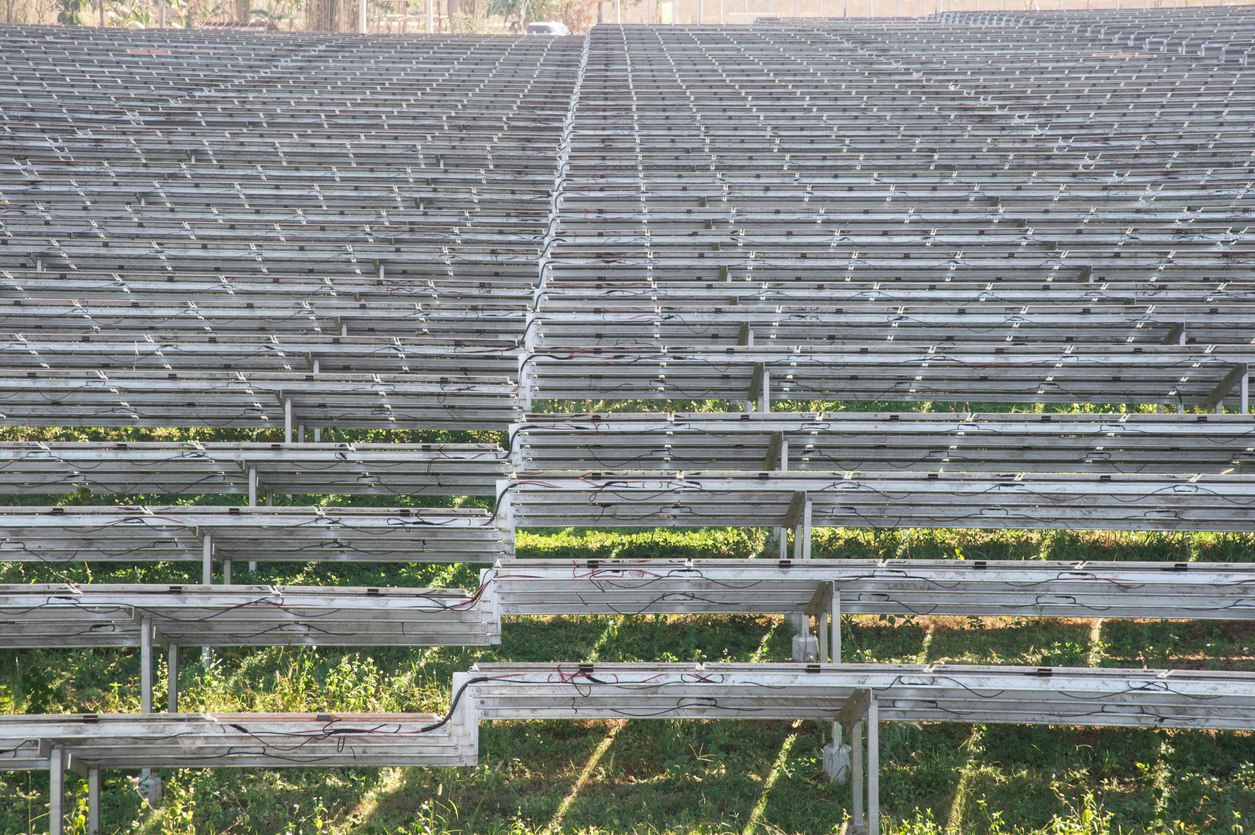Strengthening Resilience, Supporting Innovation
Main_Content

Grants & Loans
Tax Credits
For program updates, follow us on social media (Facebook, Twitter, or LinkedIn), or bookmark this page or our News page. All programs are subject to available funds.
When possible, please submit applications electronically to avoid mail delays. Staff will confirm receipt of electronic applications within one to two business days via email. If you have mailed in your application, we ask that you contact us via phone at 410-537-4000 or 1-800-72-ENERGY or email at
[email protected] to confirm receipt.
